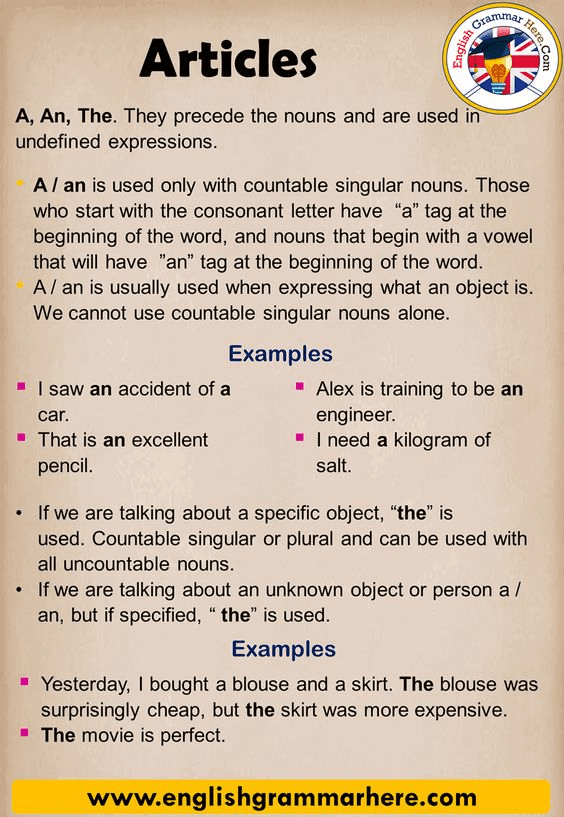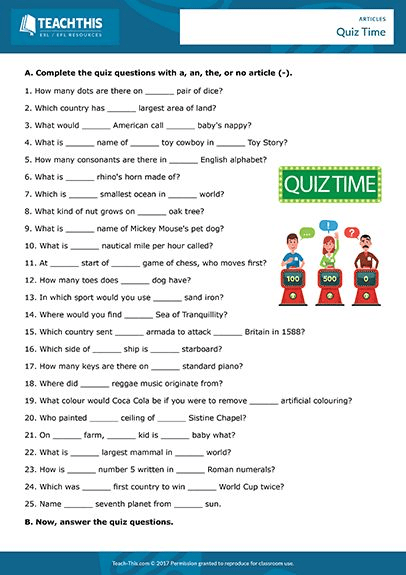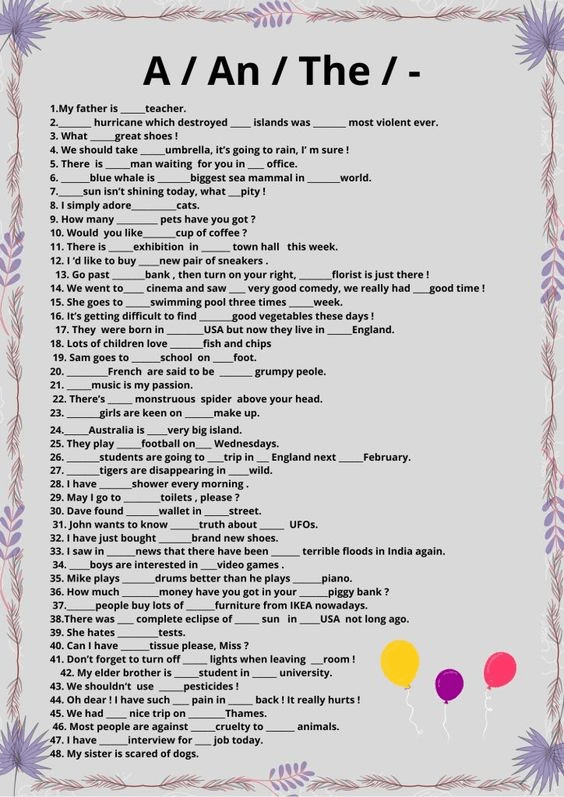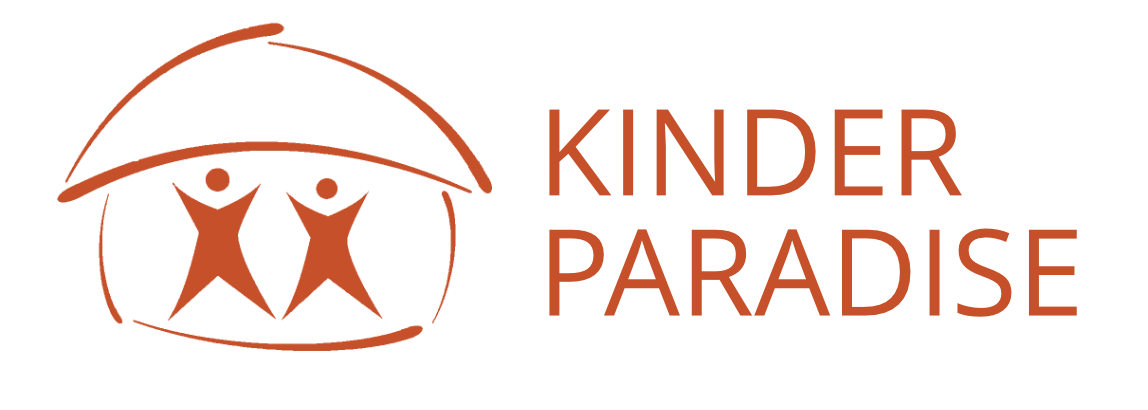Identify and use determiners in speaking and texts. TERM 2
A determiner is a word placed in front of a noun to specify quantity (e.g., “one dog,” “many dogs”) or to clarify what the noun refers to (e.g., “my dog,” “that dog,” “the dog”). All determiners can be classified as one of the following:
- An Article (a/an, the)
- A Demonstrative (this, that, these, those)
- A Possessive (my, your, his, her, its, our, their)
- A Quantifier (common examples include many, much, more, most, some)
Articles (Type of Determiner)
The articles are the words “a,” “an,” and “the.” They define whether something is specific or unspecific. There are two types of article:
(1) The Definite Article (The)
“The” is called the definite article. It defines its noun as something specific (e.g., something previously mentioned or known, something unique, something being identified by the speaker).
- This is the lake.
(2) The Indefinite Article (A, An)
“A” and “an” are called the indefinite articles. They define their noun as something unspecific (e.g., something generic, something mentioned for the first time).
- This is a lake.
Examples of Articles
- I’m not a troublemaker. I’m the troublemaker!
- To the uneducated, an A is just three sticks.
- The poets are only the interpreters of the gods.
We’re great at choosing between “a/an” and “the,” so we don’t need to delve too deeply into the rules. That said though, we’re not so great at choosing between “a” and “an,” and using the wrong one is by far the most common mistake involving articles.
(Issue 1) Using the wrong indefinite article.
Writers who dogmatically follow the rule that “an” precedes a vowel and “a” precedes a consonant often use the wrong indefinite article. That rule is not entirely accurate. “An” is used before a vowel sound, and “a” is used before a consonant sound.
- Buy a house in an hour.
- I had a unique opportunity to strike an unexpected blow.
Be mindful of the distinction between initialism abbreviations
Demonstratives (Type of Determiner)
The demonstrative determiners (known as demonstrative adjectives in traditional grammar) are this, that, these, and those. A demonstrative determiner defines where its noun or pronoun is in relation to the speaker.
This and these define close things (in terms of distance, psychological closeness or time). That and those define distant things.
Examples of Demonstrative Determiners
In these examples, the noun or pronoun being modified is in bold.
- This shark is pregnant.
- That one looks worried.
- In these matters, the only certainty is nothing is certain. (Roman scientist Pliny the Elder)
- I regret those times when I’ve chosen the dark side. I’ve wasted time being unhappy. (Actress Jessica Lange)



